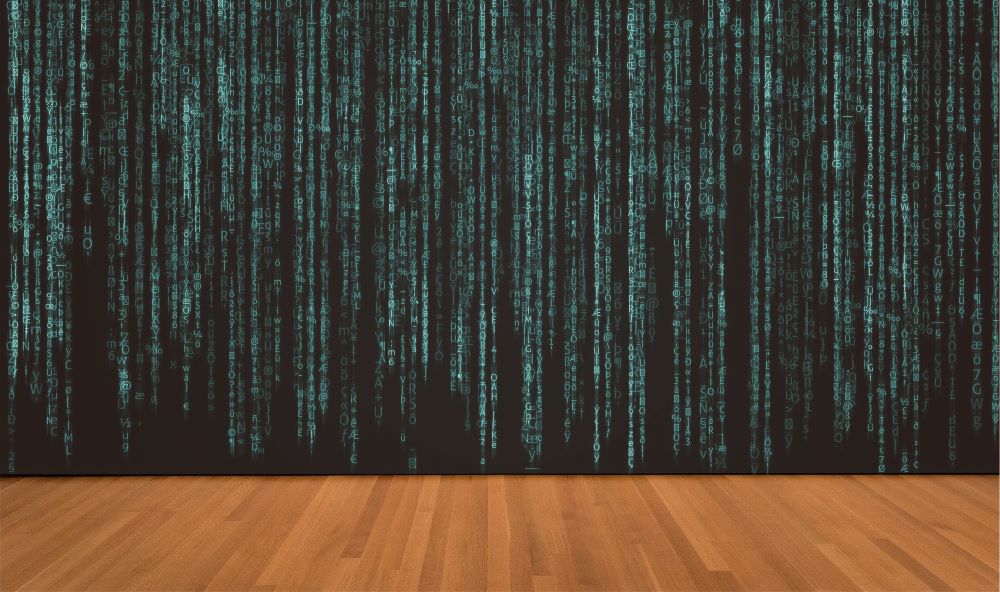
In this post, James Lamb, Lecturer in Digital Education, discusses the pedagogical significance of using public and commercial online settings in course design…
Since 2009, Education and Digital Culture (EDC) has existed as an experiment in learning within the open spaces of the web. The course, offered within the MSc in Digital Education, examines contemporary education through the perspectives of cyberculture, community culture and algorithmic culture. As I discussed in an earlier contribution to Teaching Matters, this is achieved partly through combining experimental pedagogy with some firmly established practices around assessment and feedback. Elsewhere, Siân Bayne and Jen Ross, who created the course, have discussed how EDC challenges conventional understandings of ‘space’ and ‘subject’ (2013). In this post, I want to discuss some of the public and commercial online settings where our course takes place, and what this brings to teaching and learning.
When students log-in at the beginning of semester, it quickly becomes apparent that EDC will be different from other courses they have encountered. Where it is normally the case that content and communication are mediated through a learning management system such as Learn or Moodle, we instead use a WordPress website. As well as enabling students to reach an audience outside the course and University – it is open access in line with our course aims – as a teacher, WordPress better enables me to attend to the aesthetics of course design. As colleagues and I argue in the Manifesto for Teaching Online (2020), our approach to selecting and configuring digital platforms can have a considerable bearing on how we teach and the ways that students interact with learning content and activities. Or to put it more practically, within WordPress I am more able to play with palette, layout and the presentation of teaching material in a way that conveys the ethos and personality of the EDC course, as well as what I think will help students to most easily access key information.
While our WordPress site conveys all the necessary information about deadlines, learning outcomes and timings, students quickly jump from there into Miro where much more of our teaching and assessment happens. Although Miro is advertised as a synchronous whiteboard space, we are instead using it this semester as a persistent online exhibition area. This involves students venturing onto the web to seek out digital artefacts – blog posts, news articles, conference presentations, music, images, videos – that are then displayed in their own gallery, alongside a commentary explaining how each item sheds a light on core readings or theory. From a course design perspective, I have found an openness to these kinds of online environments offers an apt and engaging way of teaching a particular subject, however it has also enabled me to draw on practice and expertise from other disciplines. The collaborative and visual emphasis of Miro provides a space where I have been able to incorporate teaching approaches I observed in the undergraduate architecture studio. I have also been able to encourage students to think about curating their gallery space, helped by a conversation I had with Kirsten Lloyd who teaches curating theory and practice here at the University. More generally, with help from Eli-Appleby Donald, I have seen how Miro is being used in different parts of the Edinburgh College of Art. Looking towards the public spaces of the web has opened a door to pedagogy beyond my own classroom.

There is also the freedom in this to more readily play with genre in my teaching. A long-running feature of EDC has been the Cyberculture Film Festival where students seek out clips in YouTube and Vimeo, before presenting and critiquing them in one of our screenings in Watch2Gether. It is really only in recent times, prompted by the imposed conditions of Covid-lockdown, that this type of synchronous streaming has become more commonplace within higher education. By looking towards platforms available on the public web, we have an established tradition within the EDC course of enabling a globally dispersed group of students to get together and discuss what Metropolis might tell us teacher automation, and so on. Also valuable is the opportunity for students to examine – and experience – what happens to the representation and interpretation of knowledge in digital contexts as it is readily presented through a combination of words, images, sounds and other resources. As the semester unfolds EDC becomes characterised by richly multimodal dialogue as we compose through multimedia, and commune in digital spaces. This is relevant to anyone working in digital environments, but particularly for those interested in education: as Vincent Falivene, one of our current students recently explained, he chose this course specifically because he wanted to experience and examine new spaces and technologies that could further enliven how he teaches history in his New York high school.
Working in the public and commercially-oriented spaces described here certainly raises questions around privacy, data and accessibility. These, though, are exactly the issues that students need to be exploring within our Digital Education programme. During EDC and preceding courses we make a point of critically examining openness, surveillance, data privacy and other themes that are a part of existing and teaching in online spaces. Later this semester our EDC group will be reverse engineering algorithms, an exercise of critique-through-practice which surfaces how the presence and preferences we display in networked environments can influence the aggregation and presentation of content as we search for academic material online. It is through our presence in spaces beyond the University online estate that we are able to gain these insights.
If any part of what I have talked about here has caught your imagination please get in touch. Or if you would prefer, drop into our course site and see what we’re doing this week.
References
- Bayne, S., Evans, P., Ewins, R., Knox, J., Lamb, J., Macleod, H., O’Shea, C., Ross, J., Sheail, P., and Sinclair, C (2020). The Manifesto for Teaching Online. Cambridge MA (USA): MIT Press.
- Bayne, S. and Ross, J. (2013) Posthuman literacy in heterotopic space: a pedagogical proposal. In R Goodfellow and M Lea (eds) Literacy in the Digital University. Taylor and Francis. http://www.routledge.com/books/details/9780415537971/
- Lamb, J. (2018) To Boldly Go! Feedback as Digital, Multimodal Dialogue. Multimodal Technologies and Interaction. 2(3), 49; https://doi.org/10.3390/mti2030049
 James Lamb
James Lamb
James Lamb is lecturer in digital education, working with the MSc in Digital Education and the Edinburgh Futures Institute. He teaches and researches around learning spaces, multimodality and sound, including their relationship with digital technology and pedagogy. Visit www.james858499.net to find out more about his work. The EDC course will run again in September 2021, when it will be taught by Dr Michael Gallagher and Dr Jeremy Knox.


[…] you might be interested to read this post I contributed to the University’s Teaching Matters blog last week, where I talked about EDC […]
[…] you might be interested to read a post from James contributed to the University’s Teaching Matters blog earlier this year, where he […]